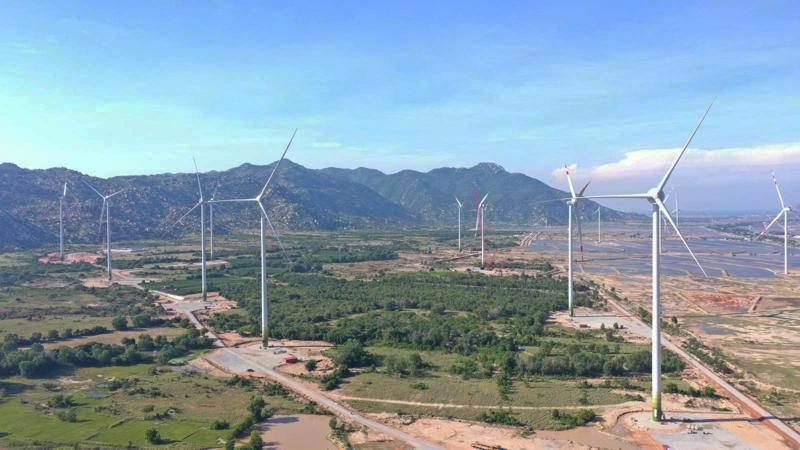Three wind power plants were recognized for commercial operations in August: the Hoa Binh 1 Wind Power Plant, Phase 2, and the Ninh Thuan Wind Power Plants No. 5 and No. 7A, with capacity of 15.2 MW, 21 MW, and 12.6 MW, respectively.
In early August, 106 wind power plants with a total capacity of 5,655.5 MW sent documents registering for integration into the national electricity grid and testing, and seeking a commercial operations date (COD).
According to the Ministry of Industry and Trade (MoIT)’s Circular No. 02/2019/TT-BCT dated January 15, 2019 on project development and standardized power purchase agreements for wind power, the seller is responsible for sending the buyer a draft of the process of commissioning and the acceptance of the power plant in accordance with the current regulations and technological standards of the wind power plant 90 days prior to the date of commercial operations.
In order to meet the deadline for submitting the application for commissioning and acceptance, and to prepare the application for COD recognition before October 31, 2021, the investor of wind power plants must send documents and dossiers to Electricity of Vietnam (EVN) no later than August 3, 2021. Thus, while 24 wind power plants have been granted a COD, the remaining plants are at risk of not being able to generate power as prescribed, given that the deadline is just over one month away.
The Vietnam Clean Energy Association and the People’s Committees of provinces that have wind power projects have therefore submitted written petitions to the Prime Minister, the MoIT, EVN, and relevant ministries and agencies seeking an extension to the timeframe for commercial power generation from three to six months.









 Google translate
Google translate